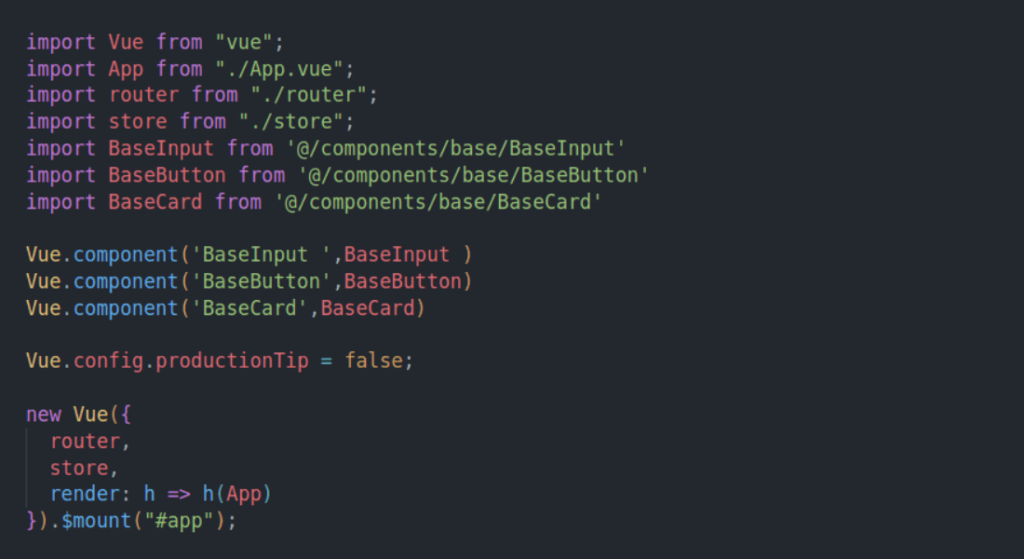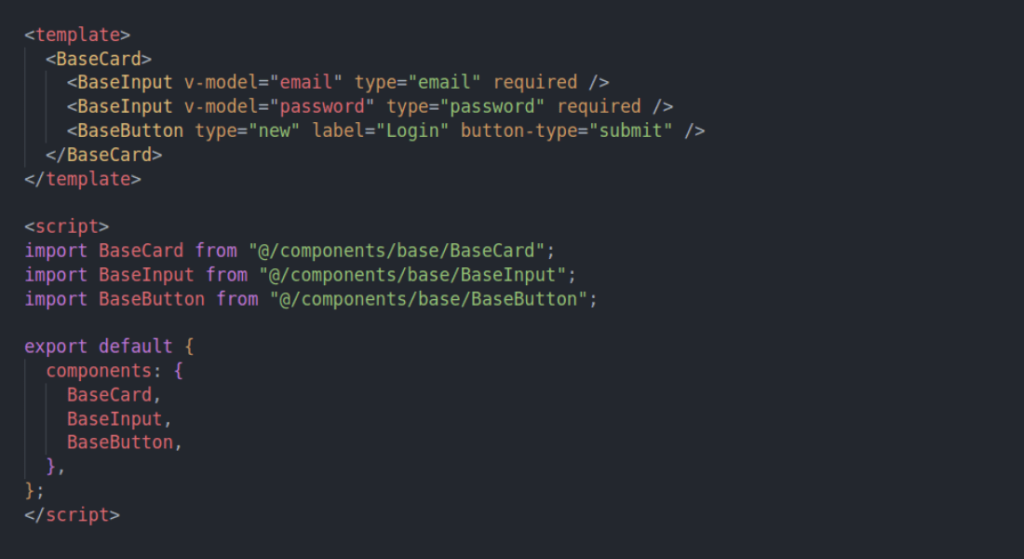- Home
- Our Services
- Mobile App Development
- Full Stack Development
- PHP Development
- eCommerce & CMS Development
- UI/UX & Design Services
Mobile App Developer
Full Stack Development
PHP Development
eCommerce & CMS Development
UI/UX & Design Services
Awards & Recognition






750+
Completed Projects features
20+
Professionals
8+
Years of Experience
- Portfolio
- About Us
Create disruptive business innovations through high-end creativity and world-class alliances.
or call us at
Vacancies for skilled developers and designers are available at all times!
- Hire us

Hire Mobile App Developers

Hire eCommerce & CMS Developers

On-Time Delivery

100% Transparency

One-to-one Communication

Engagement Models
Empower Your Business with Dedicated Developers - Blog
- ITS Training
Graphics Design

250+
Students Trained

8+
Course

150+
Students Placement

20+
Placement Partners
Pick The Right Course To Build Your Career
Best Way to Register Common Components Globally in VueJS
By:
ITS
Category:
Vue.js development
Introduction
Components in Vue are like widgets. We can write reusable custom elements the way we want. Components are nothing but objects consisting of all the options contained by root or Vue instance.
In general, there are two ways to register a component
(1) Globally
(2) Locally
Global registration isn’t ideal in all cases, but what if you want to share the same child components in many components? Let’s learn how to register common components globally in Vue.js!
Prerequisites
Before moving forward we hope you are aware of-
1. Basic knowledge of Vue.js
2. Vue CLI set up
Tutorial Goal
So what will we cover in today’s tutorial on the best way to register common components globally in vue.js?
- Register components locally
- Register components globally
- Best way to register common components
Initial Set Up
Let’s assume that we have created a project using the vue cli.
To understand this, let’s take, for example, the most commonly created components we’ll use throughout the app. We have common base components such as BaseInput, BaseButton, BaseCard, BaseCheckbox, BaseForm, BaseSelect, etc., with basic functionalities.
Local Registration
In order to use these base components, we have to import and register components in the script section of each parent component as shown below:

With this, we have successfully registered each component locally.
We might need to use these components repeatedly. To avoid this repetition, we can register these base/common components globally so that we can use them in several components of our app.
Global Registration
Navigate to the file src/main.js. Import the components and register them as shown below.

What's the problem here?
What will happen when our app starts growing and has tons of common components? Do we need to register them one by one and use them? Yes, that can be done, but it’s an inefficient and old-school way of doing it! And whenever we create a new common component, we must go back and forth between the new component and the src/main.js file to register and use them.
What is the better way?
Well, we can register each base component with a few lines of code. For example, BaseButton.vue, BaseInput.vue, BaseCard.vue, and in general, every component that has the pattern Base*.vue (in this case). Let’s see its implementation.
Best Way to Register Common Components Globally in VueJS
Install the Lodash library using the below command.
npm install lodash –save
Navigate to src/main.js and add the following code to the file.
Import Lodash’s upperFirst and camelCase functions
id=”content_7_4″ class=”lang-js s-code-block”>import Vue from “vue”;
import App from “./App.vue”;
import router from “./router”;
import store from “./store”;
import upperFirst from ‘lodash/upperFirst’
import camelCase from ‘lodash/camelCase’
Use require. context to search every component in the src/components/base directory that starts with Base.
const requireComponent = require.context(
‘~/components/base’,
true,
/Base[A-Z]\w+\.(vue|js)$/
)
Explanation
- Here, the first argument for require context is the relative path of the components folder, which in our case is ‘~/components/base’.
- The second argument determines whether to look for subfolders. You can set this parameter to true/false based on the components hierarchy.
- The third argument we have to pass is the regex to match component filenames, which in our case is Base.
We’re going to convert component names to the pascalCase format.
requireComponent.keys().forEach(fileName => {
const componentConfig = requireComponent(fileName)
const componentName = upperFirst(
camelCase(
fileName
.split(‘/’)
.pop()
.replace(/\.\w+$/, ”)
)
)
Now that we have all the components’ names, register them globally.
Vue.component(
componentName,componentConfig.default || componentConfig
)
Note: For this to work, one must follow the naming conventions while creating components. Without a regular pattern in the names of the components, this trick might not work.
Github Repository
Visit the source code here and feel free to clone the repository. You can try it your way and explore more about it.
Github link: https://github.com/nency-gajjar/best-way-to-register-common-component
Conclusion
And that’s pretty much it! This is how we can register common components globally in vue.js without importing all the components. It can be done within a few lines of code without having to worry about registering the newly created standard components again and again. We hope the step-by-step guideline was useful to you! For more such guidelines on basic and advanced vue.js concepts, visit the vue.js tutorials page. Every blog post has a github source code repository; clone that repo, and start coding.

Join them by using our services and grow your business.

“At Inspire Techno Solution , our mission is to continuously innovate the best ways to train the next generation of developers and to transform the way tech education is delivered.”
Related Blogs
15 Vue Animation Library for Stunning Web Experiences
Vue animation library is a wide range of elements that allow you to create compelling
Best Way to Register Common Components Globally in VueJS
Components in Vue are like widgets. We can write reusable custom elements the way we
Vue js with GitHub Actions: A Comprehensive Tutorial
The tutorial covers implementing Vue js with GitHub actions. We will guide you in automating
